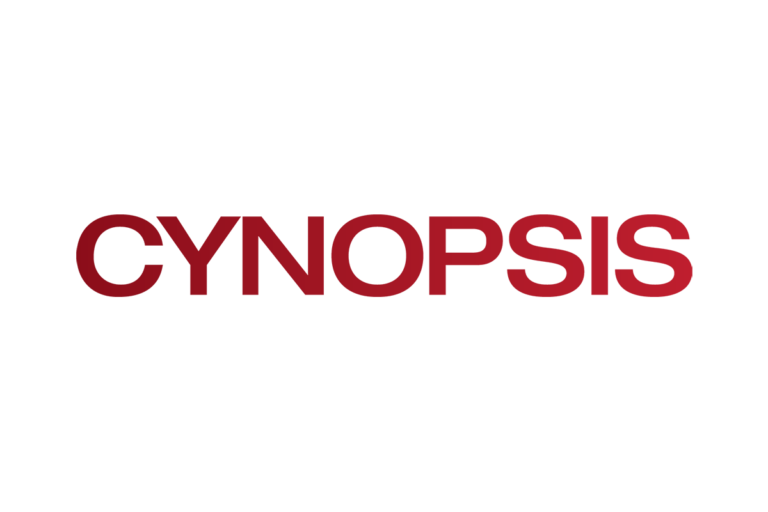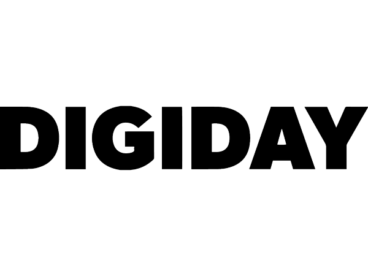Cynopsis Special Report: 5 Marketer Rules for Capitalizing on the Streaming TV Opportunities Ahead

Outcomes-based performance. Brand safety. Ad fraud protection. These are the pillars that guide business at leading CTV/OTT advertising platform Premion, which achieved over 40 percent year-over-year growth in 2020. Still ecstatic from his alma mater Baylor’s NCAA Men’s Basketball sweep, industry veteran and Head of Sales John Vilade spoke with Cynopsis about the key lessons of the past year and what’s ahead for CTV/OTT advertising in 2021—and even managed to work in a basketball reference.
As we reflect back on the past year, what are some of the biggest changes in the streaming TV market?
We’re in an exciting and pivotal time in streaming, and for our business. For one, 83 percent of U.S. households are projected to be Connected TV (CTV) households this year, according to eMarketer. And consumers with mounting streaming subscription fees are seeing the terrific value exchange in ad-supported OTT that’s driving more ad buyers to increase their prioritization of ad-supported OTT to reach those consumers. In fact, the IAB found that 76 percent of those who regularly stream watched ad-supported OTT. That’s a seismic shift in the business. If I’m a marketer, I’m paying very close attention to this. With so many subscription streaming services available and the rise of hybrid SVOD/AVOD options, consumers are saying, “I’m willing to accept ads as I want this to be economically feasible and I don’t want to replicate a full cable bill model.”
The other change is that media companies are fully embracing and accelerating their investments in streaming. Nobody is holding back or hedging. We’re not seeing bits and pieces of major media companies unwittingly getting in; they’re putting their entire portfolio into it and these media companies aren’t going it alone. They’re bringing in well-developed monetization partners like Premion.
And more good news on the change front, marketers are seeing all of this and are working hard to close the gap between CTV and OTT viewership and ad spend. There are a couple of reasons for that. There’s obvious reach growth happening and buyers are putting a premium on targetability. And then there is efficacy, and attribution. If the media is effective, you will see more money going into it.
Did that over 40 percent growth come from any particular ad sector?
We’ve developed tremendous diversity across industry categories in national and local spot CTV and OTT. Without revealing too much of the secret sauce, we have done extremely well in many sectors such as QSR, education, home improvement and retail. Automotive is an example where local OTT has given auto players a very powerful voice adjacent to linear TV that they’ve been searching for. They are seeing measurable results, such as website and footfall traffic—and that is crucial to them. The past year has given auto dealers a laboratory to prove that streaming delivers business outcomes. Another bright spot for us is political, as more political dollars have shifted to CTV for its advanced targeting capabilities. Thus, we’ve seen that local precision in CTV and OTT really matters more than ever for our advertisers.
We’ve all dealt with disruptive change across all aspects of our lives. What consumer behavior changes do you expect to stick for the future and how might they evolve?
Certainly, the digital transformation of businesses has accelerated and consumers have adapted quickly to embrace new digital behaviors that’s become ingrained into all areas of our daily lives. Everyone wants to remain relevant and connected in a meaningful way and marketers have adjusted to this through their creative, and of course, in how they’ve embraced streaming TV as an optimal marketing channel.
Our common reality for the past year has been a remote, contactless and touchless environment. We’ve become comfortable working remotely and have also become accustomed to being touchless at a retail level. Once habits form, they are hard to break, which means that we’re going to have to continue to adjust the way we look at the efficacy of media and how we reach consumers with these new behaviors and interests.
I’d also note that consumer optimism is accelerating and it’s definitely starting to spur the economic rebound and drive increased spending. Consumers are indicating they are ready to spend on discretionary and experiential categories, such as travel and live entertainment — and these are some of the advertising categories that are rebounding.
What are some of the key adjustments you foresee?
With new consumer habits and fast-changing economic and market conditions, marketers need real-time insights and the flexibility to adjust their media mix and campaign creative in order to be timely and relevant. And they also need to connect the dots on media spending with business results so having outcome-based measurement is more important than ever. Marketers are being held accountable so they need to know what works — and we’re delivering this with our closed loop attribution solutions.
Greater growth in the OTT market brings more fragmentation. How big of an issue is fragmentation for advertisers?
Increasing competition brings greater complexity and more fragmentation for marketers. No question. There are a lot of different ways to reach audiences these days. In addition to the plethora of new streaming players and ad-supported audience growth, you’ve got the ability as a marketer to work directly with publishers, leverage aggregators like Premion, or buy programmatically. Each has its different benefit. Amidst all of that fragmentation you’ve got to take a look at key considerations like inventory quality and duplication of supply.
There are fundamental structural differences in how sellers offer, and buyers interpret, the quality of inventory and supply sources. For example, marketers using walled gardens need to be cognizant of reach limitations. Marketers that use open exchange buying need persistent tracking for ad fraud, reporting accuracy, brand safety and transparency, just for starters. And I’m going to throw in social media video as a final example. Social media video is popular with buyers, but has its own well-known challenges, such as optimization based on potentially incomprehensible algorithms, brand safety concerns, misinformation and more. The point is fragmentation has certainly brought complexity to the buying community.
There’s an abundance of user-generated content these days. What is your guidance around social media video?
The first two premises you have to look at are brand safety and ad fraud, and social media platforms struggle with both these issues. While the major social media platforms have done tremendous things in the world for marketers and advertisers, these are tech companies, and they don’t act like media companies. I have found that media companies tend to shepherd and steward your investment better. An algorithm should never be in control of your total media plan. I’ll leave it at that.
Brand safety and misinformation remain hot topics. What are the key considerations for advertisers?
It’s a great question. To set the base, from a total U.S. investment perspective, it was recently reported in the Wall Street Journal that Google, Amazon and Facebook, for the first time, make up more than half of all U.S. ad spending. So, immediately, especially when it comes to Google and Facebook, marketers need to be continually aware of the inherent brand safety risks and continuously look for options to effectively diversify their spend. Premium OTT provides brand safety and much needed diversification. When it comes to Premion, it’s all premium providers, transparent reporting, predictable environments. I don’t want buyers to let their guard down and they need to continue to evaluate these platforms and make sure they’re getting exactly what they’re paying for, and OTT is doing it really well.
What’s your guidance to marketers for combating CTV and OTT ad fraud?
Pixalate recently released a study that says in CTV and OTT, ad fraud hovers at around 20 percent. But as Dikembe Mutombo would say—here’s my basketball reference—at Premion, not in my house. Outcomes-based performance, brand safety and ad fraud are an absolute focus for us. You have to start with those standards and work with trusted partners that are TAG-certified. Are your dollars going to platforms that are trustworthy, transparent, brand safe and fraud-free? And by the way, the fraud is in the long tail. If you want to avoid ad fraud, invest in premium partnerships and publishers, get your money working there and make it measurable. That’s not a sales pitch. That’s just a smart media buy.
As marketers focus on building their brands and attracting new customers, what are the rules for the road ahead in CTV/OTT advertising?
As we enter a time of renewed optimism, here are five rules for marketers to capitalize on the growing opportunities ahead with CTV/OTT advertising.
· Our world is increasingly based on local circumstances and relevancy, which means local needs to remain a priority for advertisers. Local execution is table stakes for targeting by geography, interests and behaviors, and all of this can vary by market.
· Marketers need to be vigilant about ad fraud protection. Combating ad fraud is Premion’s strategic imperative and we recently became TAG-certified against fraud. It’s important to us and important for standard-setting in the industry. Advertisers need to ensure that they are buying from trusted inventory supply paths.
· Consider leveraging OTT to complement linear as an audience reach extension and to capture shifting audiences. Without CTV and OTT in the mix, advertisers are really missing out on a huge audience segment, particularly in local.
· Attribution is absolutely important in driving business outcomes. Rapid reporting of online and offline activity and being able to evaluate your lift on a campaign—it’s all important.
Above all, prioritize trusted relationships as the currency for long-term marketing success.
Read the full Q&A on Cynopsis here.

